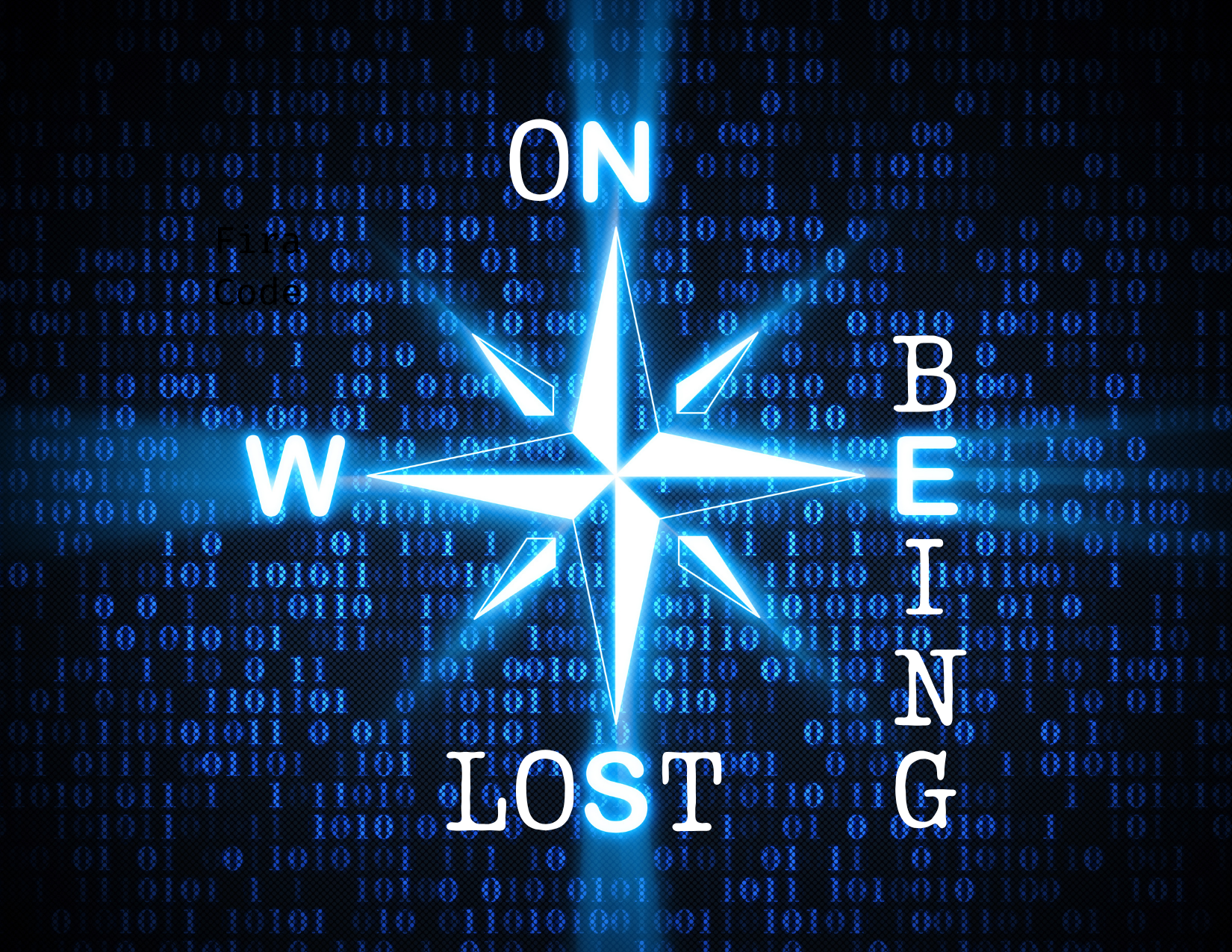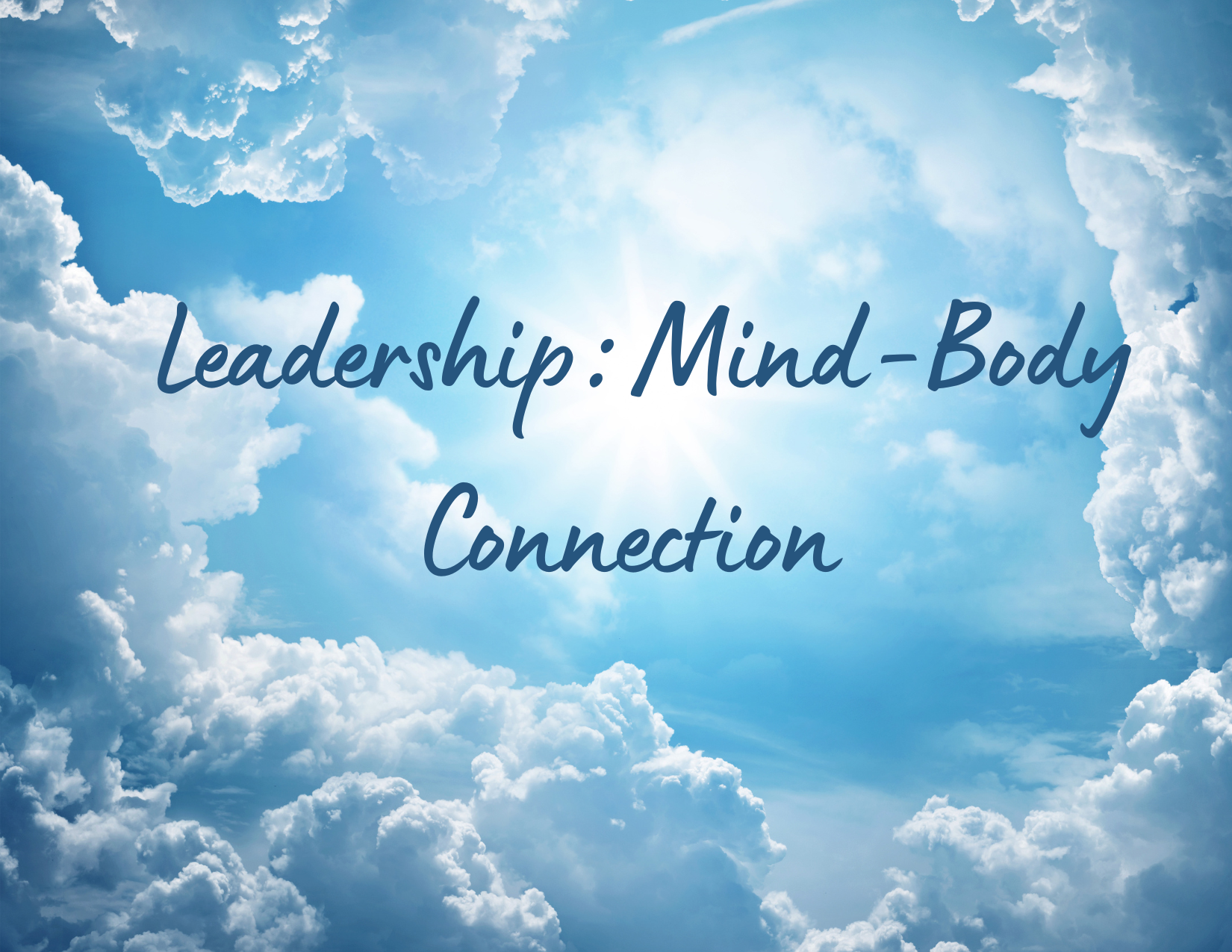When I used to drive my daughter to school, I had what I call my “chauffeur lesson of the day.” Words of wisdom that I impart during our five-minute car ride. At the age of fifteen, the age of innocence in her world was beginning to fade as she was in the midst of her teenage years and confronted with the realities of the world, high school, preparation for college, teachers, coaches, friends, and parents. Power and influence were two facets of life that were being unveiled in new ways.
One particular day when I knew she was going through a period where she was navigating how to have a voice and influence over positional power, my opening line was something to the effect of, “Sometimes the best lessons are those you receive by making mistakes. But, I want to tell you something that I hope gives you more to think about as you navigate making decisions about how you problem-solve, communicate, and engage with people who hold a hierarchical position of power; It takes a lot of skill to get a win.” I let that statement sit in silence for a few long seconds, and then I said, “I know, it sucks,” then proceeded to advise her about navigating those waters.
Positional power is the level of the position one holds within an organization or structure, and when used poorly, it usually results in coercive control of others. The effect on the individual on the receiving end of that tends to be frustration and resentment. Much has been written about how leaders should lead using influence (personal power) and rely less on just positional power. However, there is not as much information available to help individuals who have leaders who lead using just positional power.
What do you do when you have a point of conflict with someone who holds positional power?
The premise of my advice is based on my assumption that I fundamentally believe that no one wants to be a bad manager or leader. If less than desirable behavior is exhibited, there is usually a reason beyond the fact that someone is just a terrible person. I think everyone uses the tools they have, and many times, people are not self-aware enough to realize they need different tools to maximize their effectiveness and impact.
My frequent readers are familiar with my “Power of Venn” thinking. Two circles of equal size sit side by side and slightly intersect. In one circle are things that matter; in the other are things you can control, and where these two circles intersect is where you focus most of your energy. So with that in mind, let’s focus on what matters to us and is within our control.
Understanding Behavior
There is a benefit to learning about the wide variety of power behavioral styles and leadership behavioral styles as you try to gather data points around the type of behavior you might be experiencing. If you realize that a manager might have a bureaucratic leadership style and you know that bureaucratic leaders tend to be detail-oriented, the fact that your leader micromanages you might now make better sense because, in their minds, they are managing the details, not necessarily the person. I realize this might not make you feel better about how you are treated.
Impact Felt
When you are on the receiving end of behavior that you view as unfavorable, the impact you feel can manifest itself in many ways. For example, how you are treated can affect your identity and health. Therefore, it is essential to recalibrate in these moments, focusing on what matters to you and is within your control. Seeking counsel from a mentor or trusted partner to guide you in problem-solving is one strategy. Another strategy is communicating in a way where you can express your feelings and get clarity around the intent of the behavior you feel you are experiencing.
Communication
There is a caveat; only you can judge if your manager, leader, or person in positional power is at a place personally where they are comfortable with open dialog around behavioral intent and impact. However, if communication is a gateway, the best model I have found is the Situation-Behavior-Impact-Intent model (SBII) developed by the Center for Creative Leadership. The model has you engage in a conversation that takes you away from creating your own narrative and focuses on the intent of behavior. It enables you to get clarity around the intention and share the impact felt by the behavior or situation you experienced.
Networks
Everything discussed so far has been about understanding the situation and its impact on you while trying to affect influence yourself. An equally important aspect of a power dynamic is influencing others by building and harnessing your networks. This is a long game and an essential element of professional growth and success. Reciprocity in this type of relationship building is important.
Think broadly when you think about network building. Don’t only think about network building in terms of building hierarchical relationships. Instead, scan your landscape and identify who the influencers are in your organization; you will most likely find them in unexpected places. Doing this does not mean you lack authenticity; you can be authentically strategic.
Go beyond your business unit and look at other departments within the larger organization; also explore building relationships with those in your professional sphere outside your organization. Finally, if you need motivation, here is a statistic that should get your attention regarding your ability to advance professionally. Research studies have shown that approximately 80% of jobs are filled through personal and professional networks.
The Collective
In closing, sometimes, the ability to influence a movement towards change in the face of power happens when people unite collectively. #MeToo #BlackLivesMatter #NeverAgain #FridaysforFuture







